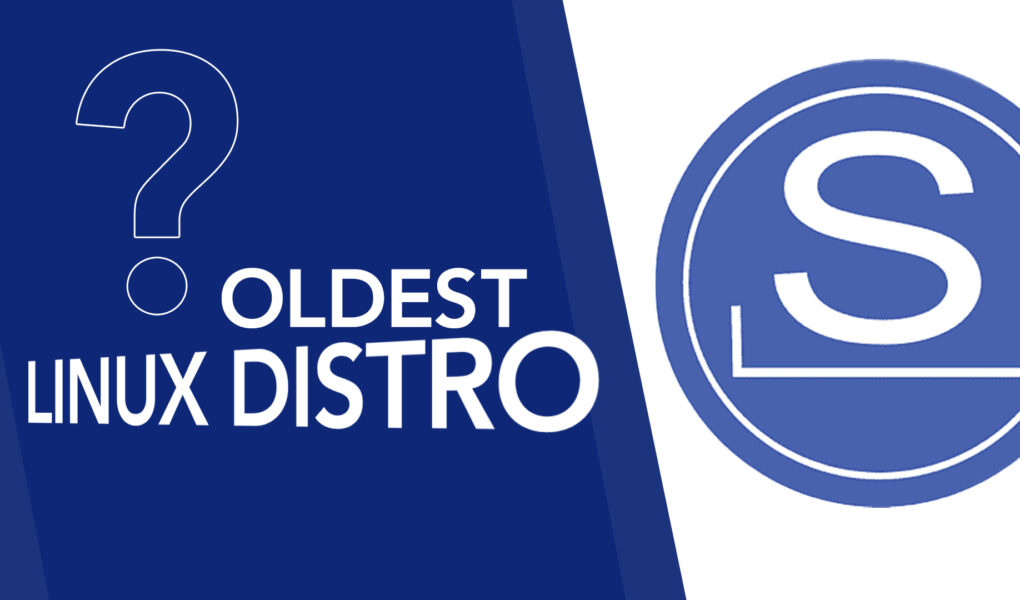It is widely known that Linux, a group of open-source Unix-like operating systems founded on the Linux kernel, has brought about significant transformations in the realm of technology. But how did this fascinating journey start? Among the many distros we have today, which one is the oldest and still alive today? Let’s find out.
The Oldest Linux Distro Still Alive
Have you ever wondered what the oldest surviving Linux distro might be? It may come as a surprise to learn that it is not among the mainstream options. The name stands out for its age and resilience – Slackware Linux. It has the honor of being the oldest Linux distribution that is still maintained and active in today’s ever-evolving tech world.
Overview of Slackware Linux
Slackware Linux can indeed be considered a classic piece of history in the Linux world. It has not only witnessed the rise and fall of many other distros but has also managed to remain relevant and alive, a feat only possible due to its unique qualities and the relentless effort of its dedicated maintainer.
Founded in 1993 by Patrick Volkerding, Slackware Linux arose from the need for a more user-friendly Linux distribution. It predates most other Linux distributions and has managed to stay alive when many others have disappeared.
Evolution
Since its inception, Slackware has steadfastly adhered to its core principles – simplicity, stability, and security. While other distributions have sometimes undergone complete overhauls to keep up with the latest trends or technologies, Slackware has remained faithful to its original vision.
Even as some users have criticized it for not modernizing fast enough, its proponents praise it for the same reason – it provides a stable, predictable, and powerful operating environment that doesn’t change with the wind.
The Current State
Fast forward to today, and Slackware is still very much alive and kicking. It has been continually updated (The latest version Slackware 15.0, released in 2022) to incorporate the latest advancements in popular Linux distributions such as Ubuntu or Fedora. Still, those who use it swear by its stability, simplicity, and adherence to traditional Linux principles.
Features of Slackware Linux
Slackware Linux, being one of the earliest Linux distributions, brings a set of features that make it distinctive in its approach. These characteristics have helped Slackware build a strong reputation for its stability, performance, and simplicity.
1: Simplicity and Stability
Slackware is known for its simplicity, which is one of its core principles. But don’t mistake simplicity for lack of functionality. The simplicity of Slackware refers to the straightforwardness of its system design. It avoids unnecessary modifications or overcomplications, preferring to stick as close as possible to the ‘vanilla’ releases of software from the developers.
This approach ensures greater stability and reliability, as there’s less chance of new bugs being introduced by distro-specific patches or customizations.
2: Package Management
Slackware’s package management system is another element that emphasizes simplicity. It uses plain text files and shell scripts for its package management tasks, making it easy for users to understand what’s happening under the hood. This transparency can be a boon for users who want to learn more about Linux system administration.
3: Text-Based Installer
One unique aspect of Slackware is its text-based installer. Unlike many modern distributions that offer graphical installation interfaces, Slackware’s installer requires you to use the command line. Although this might seem daunting to new users, it provides a great learning opportunity for understanding the Linux installation process.
Who Should Use Slackware Linux?
Slackware isn’t for everyone, but it’s perfect for those who desire a deeper understanding of Linux. It is particularly suited to advanced users and those who prefer stability and performance over user-friendliness and aesthetics.
Conclusion
Linux, with its wide range of distributions, continues to be a compelling, flexible option for many users worldwide. The oldest surviving Linux distro, Slackware, offers a fascinating look into the origins and evolution of Linux distributions. Despite numerous newer Linux versions, Slackware holds its own because of its simplicity and stability.



